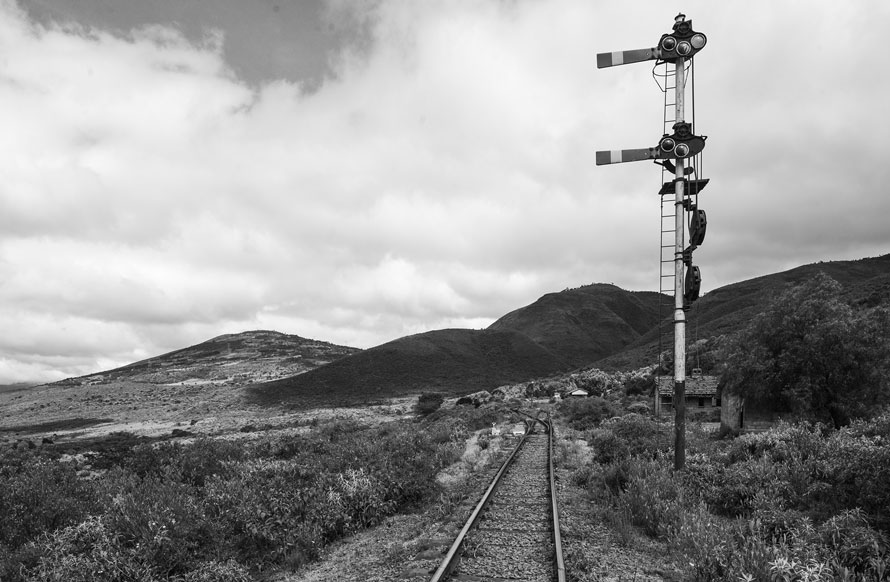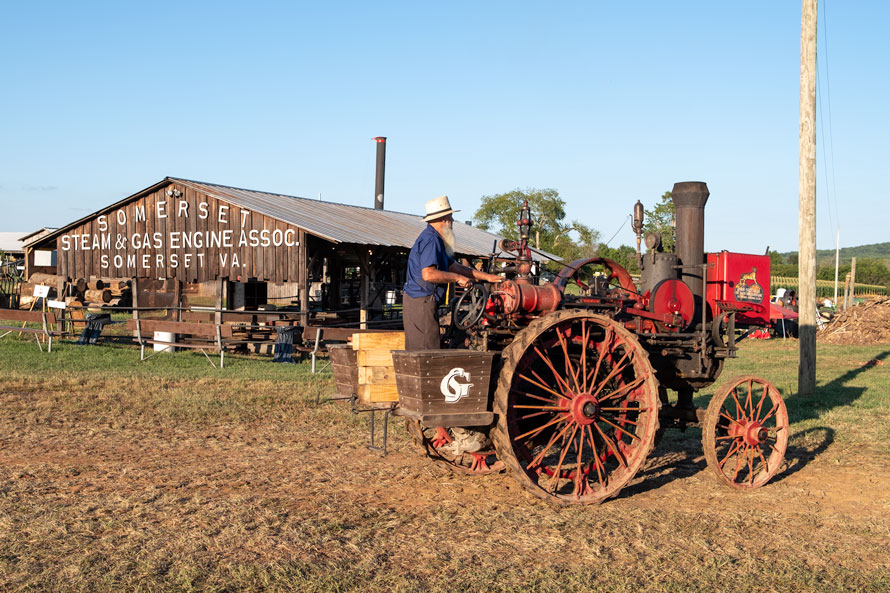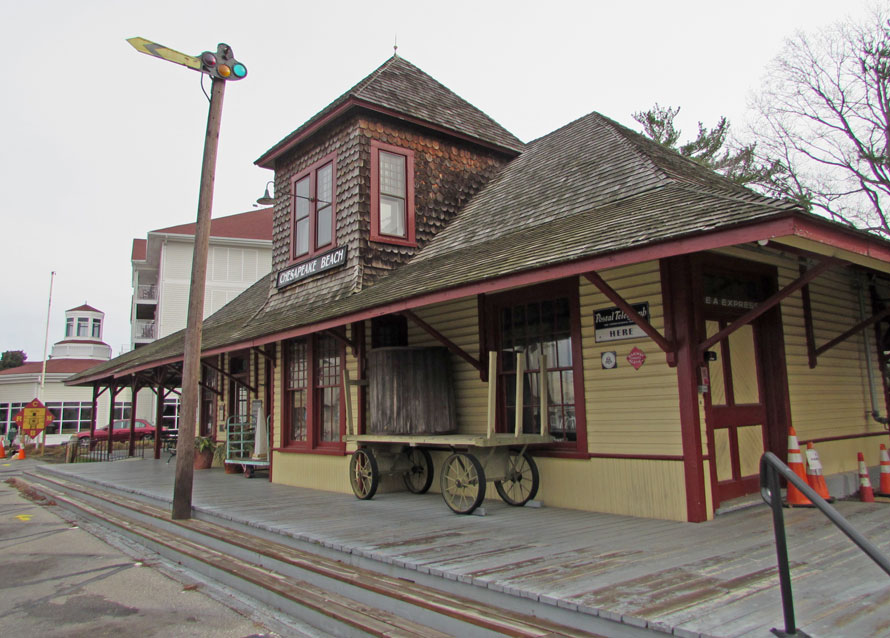
In 1896 the British started building a meter-gauge railway from Mombasa on the Indian Ocean towards Uganda, “The Pearl of Africa”. Along the way they established Nairobi and realized that their colony of Kenya had just as much to offer. Hence, the Uganda Railway which became the East Africa Railway served as the artery of commerce through independence in 1963 and beyond. However, in the last few decades, trucks and other factors have led to the gradual decline including abandonment of several branch lines.
I’ve had the privilege of living in Kenya a total of eight years, spread over the last thirty. Most recently was a stint from 2016-21. The school my wife and I were teaching at was located on the escarpment of the Rift Valley bordered by the railway. Thirty years ago, a daily passenger train was visible from the rugby field, along with a handful of “goods” trains.
Read more

